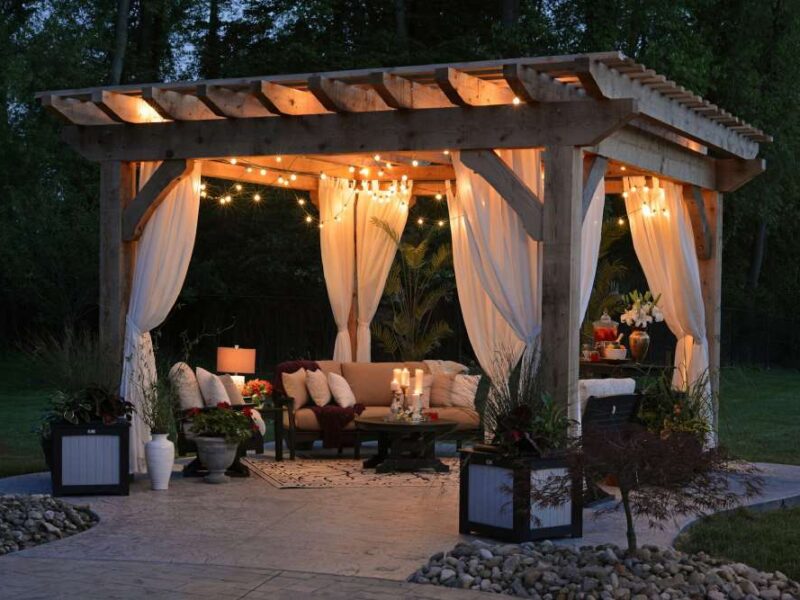In an age of remote working, the discussion around places of business seems to have intensified, which can have you thinking about your own need for one. First comes the question: do you need one? The prospect of saving money with a remote model is enticing, but there will be businesses and fields that don’t see this as a realistic option due to their line of work.
If you fall under such a category, it might be time to turn your attention toward what your place of business should look like. What does it need to do? How should it be structured? The answers to these questions will be different for each person in your position.
Contents
The Form That It Takes
An early consideration, perhaps the very first, pertains to the actual form of the building. If your business is one that needs something more akin to the traditional office environment, you might fall into the kind of range where you can explore flexible working options.
However, there could be something about your business that prevents this from being feasible – some sort of practical component that involves a lot of work on-site with certain tools. Alternatively, it might be that you work with confidential materials and NDAs, which makes for an easier implementation of security when everyone is in the same place, using the same infrastructure.
That being said, it might also be that the reason you find yourself in need of a physical working space is because you deal with a lot of inventory or stock, and the form that this environment needs to take as a result of this is more akin to a warehouse. With this comes an entirely different line of work, and different skillsets that you look for in the people that you hire.
It also means that the technology you acquire is going to flex around this environment. For example, something that businesses under this bracket might be interested in more than others are inventory management systems that can allow you to keep on top of your stock, saving money by avoiding unnecessary losses.
Knowing the form that your place of business needs to take isn’t just as simple as identification; it’s also about understanding the tools that best suit that environment. Even if the establishment that you’re focusing on constructing is just a straightforward office building, opting for something that is just grey and practical with square cubicles might not draw the best work out of your employees. Instead, learning about what makes for a productive environment can lead to decorations such as house plants and a more open-plan setting that can improve comfort and productivity.
The Quality of the Building
Part of the reason that business owners might be drawn to the idea of working from home could be, as mentioned previously, the prospect of cutting down costs. The decision to opt for business premises might not abandon this notion entirely, and you could find yourself looking for ways to cut corners in order to make for a more financially sound arrangement.
It’s always important to look where you can save money, and in business, you might find that this mentality can accumulate some big savings over time. However, it’s also important to recognize where it’s best to cut costs. The quality of the building that becomes your place of business, for example, might not be one of them.
While it might be appealing to save money in the short run, potential damage and problems that could arise as a result of this might end up being much more expensive than the initial cost. This could also infringe on people’s safety, something that could have untold knock-on consequences for your business and its professional image.
The Foundation
So, what’s to be done? Which areas should you focus on for a professional building that is secure and reliable? The foundations are a good place to start – you assure yourself that your business has solid foundations, and everything that you work on from there can be more confident in the knowledge that you started off on the right foot.
If this is an area that you’re not too knowledgeable about yourself, enlisting the help of the right concrete foundation contractors can make all the difference, helping you to understand the best course of action and putting those plans into place. Once the foundation is established and secure, you’re in a good position to focus your attention elsewhere.
Comfort
As mentioned previously, a working environment that is comfortable to be in is more likely to be one that your employees feel compelled to be productive within, and so that might be something that you pay some attention to. While a great deal of comfort can be found in decorations and furniture, it has deeper roots in issues like insulation as well.
Insulation can be improved through how the walls are constructed, but also the windows and doors. These aren’t just opportunities to provide people with comfort either, but also opportunities to increase the energy efficiency of your building – once again, a chance to save money in the long run with a potentially greater upfront cost.
Furniture and decoration are also important, however, which makes it imperative that you focus on the color schemes used and the furniture that staff members have to use. While this might only apply to certain places of business more than others, if you find that you’re having people sit down for a large portion of the day, ergonomic seating arrangements can make a world of difference.
General Safety
Of course, it’s also paramount to think about the general safety of yourself and your employees. This means paying attention to things like fire escapes, and the layout of any given room in the case of an emergency. A lot of the time, you might find that these are matters that require you to reach a certain standard set by a governmental board, but standards can slip. Once again, this pertains to your employees and their trust in you.
If they can see that you’re trying to create a positive space that is devoid of risks and geared towards making them comfortable, that can go a long way towards fostering a trusting environment that’s more likely to be successful and productive than one that takes shortcuts. After all, you want to avoid the risks that a high staff turnover can bring.
Welcoming Customers
It’s also worth considering that your place of business might not just be for the purposes of yourself and your employees. While some alternative purposes to offices offered earlier included something like a warehouse, that still suggests that you wouldn’t have to think about welcoming customers into such an environment. When you’re in fields such as hospitality, you’re given a whole new range of things to think about.
As with the considerations you lend towards your employees, you want this space to be comfortable, but the design considerations are completely different. This is no longer (solely) about being a place of work; it’s now potentially a place of leisure for your customers.
If you’re working with limited space, this means that you have to be careful about dividing the area between what your staff members need to operate your business effectively, while also giving enough space for customers to relax. Sometimes, this leads to compromises, and these compromises might have to come out of the customers’ space due to necessity.
Compromise can lead to innovation, however, and there is always room to design this space in such a way that offers something unique to your brand.



